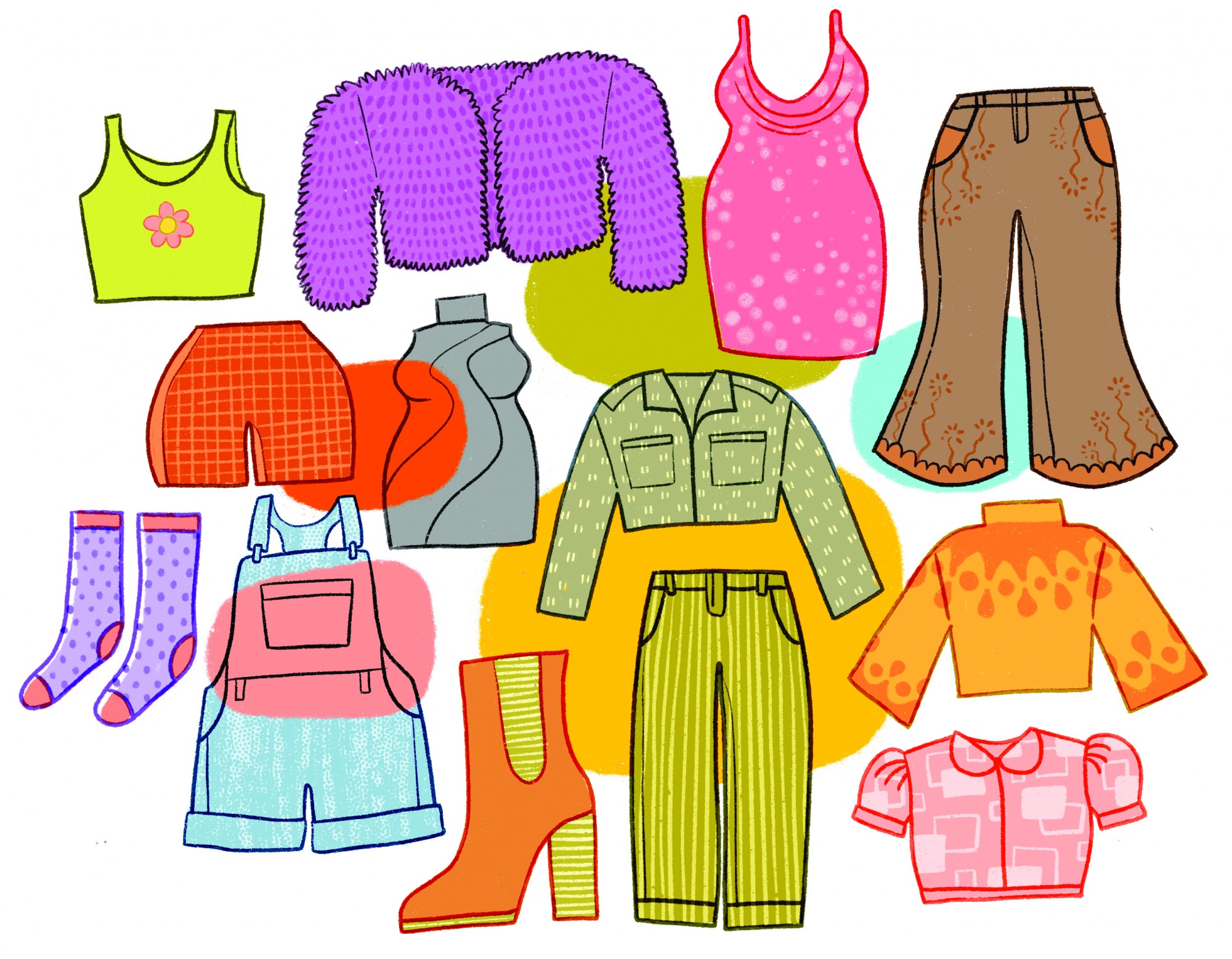New University of Minnesota research shows inconsistent plus-sizing standards across a multitude of major clothing retailers including Walmart, Kohl’s and Target.
The findings suggest that none of the large retail clothing brands surveyed within the study accurately reflected the measurements of plus-size consumers. These inconsistencies lead to a multitude of different sizing systems across brands, generating textile waste as returned clothing items pile up, according to the research.
“This data helps create new methods for sizing for the plus-size population. Companies want clothing to fit all consumers — it’s economically better for companies. If [retailers] aren’t fitting an entire population, textile waste becomes a huge concern,” said Linsey Griffin, assistant professor and co-director of the Human Dimensioning Laboratory.
As part of the study, Griffin and other researchers from the University of Oregon looked at existing databases of sizing standards and compared them to larger plus-size markets.
“What we wanted to be able to tell [from the research] is whether proportions match consumers and match garments. If we can show the measurements of an actual size 18, that can help companies change sizing standards,” Griffin said.
Cat Polivoda, owner of the store Cake Plus-Size Resale in Minneapolis, said she strives to make her store a place where consumers can find second-hand clothing that is labeled and sized appropriately.
“Within plus-size fashion, you often see smaller plus-size models that have ‘the right kind of curves’ or hourglass figures overly represented, while other plus-size consumers are left out,” Polivoda said. “Plus-size people of all sizes and body shapes want to see themselves represented so we do our best to include folks of varying sizes, shapes and styles.”
As a University apparel design student and former intern at Cake Plus-Size Resale, Ian Harris assisted Griffin in finding volunteers to undergo body scanning in order to collect data on sizing and body measurements.
When designing his senior collection to be displayed this spring, Harris sought to include a mix of both feminine and masculine styles suitable for plus-size individuals.
“I feel like so often [plus-size consumers] are kind of left out of the conversation of high fashion. So I knew I wanted to reach the widest audience possible and showcase a range of bodies,” Harris said.
When looking to the future of plus-sizing standards, Griffin urges clothing companies and retailers to better suit the plus-size population following an increase in research supporting sizing inconsistencies.
“Everyone deserves to be able to wear clothing regardless of size. It is hard to accurately create sizing systems, but the systems in place now are flawed. This research helps to figure out how we can translate body measurements into actual products,” Griffin said.














